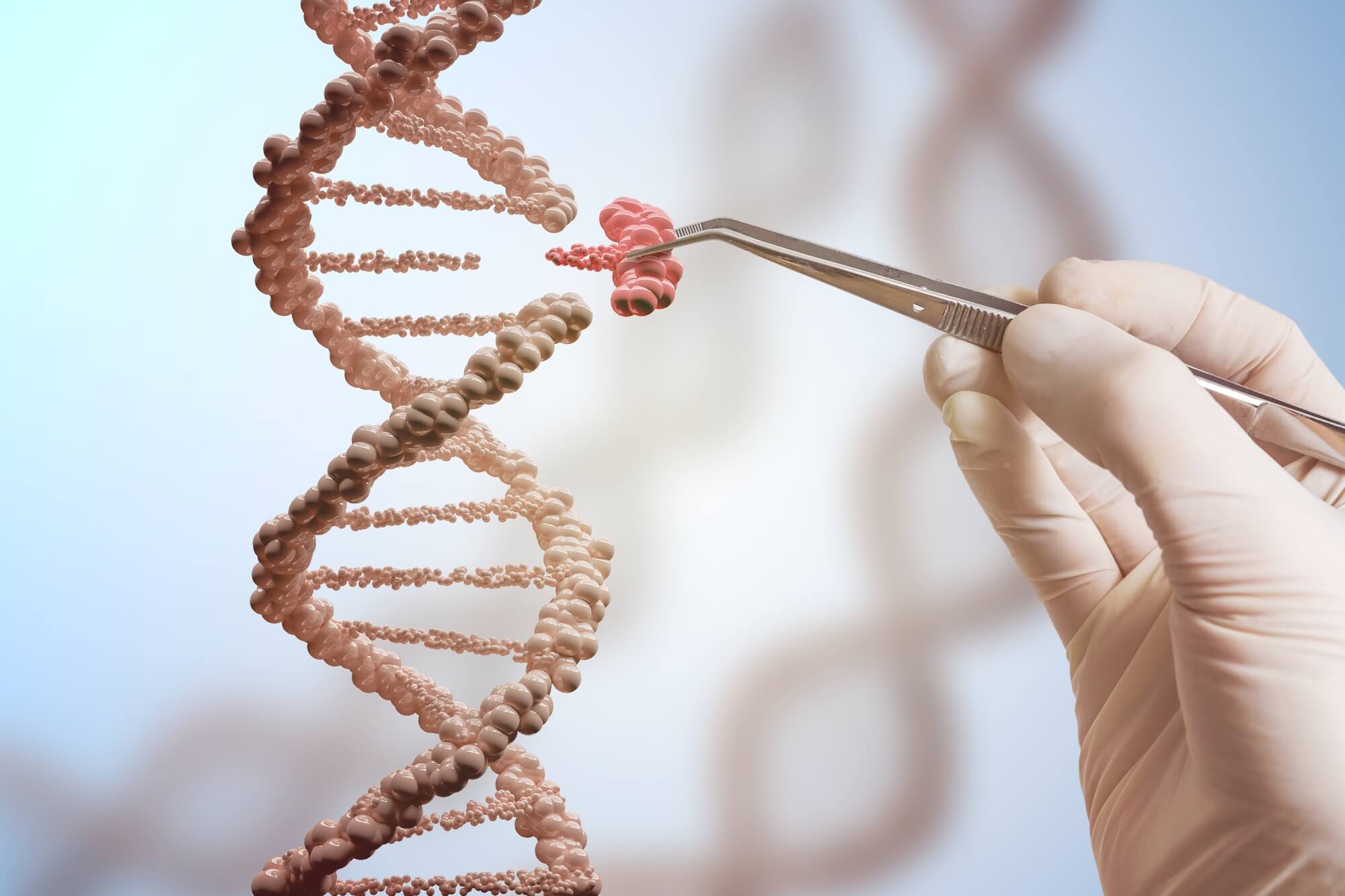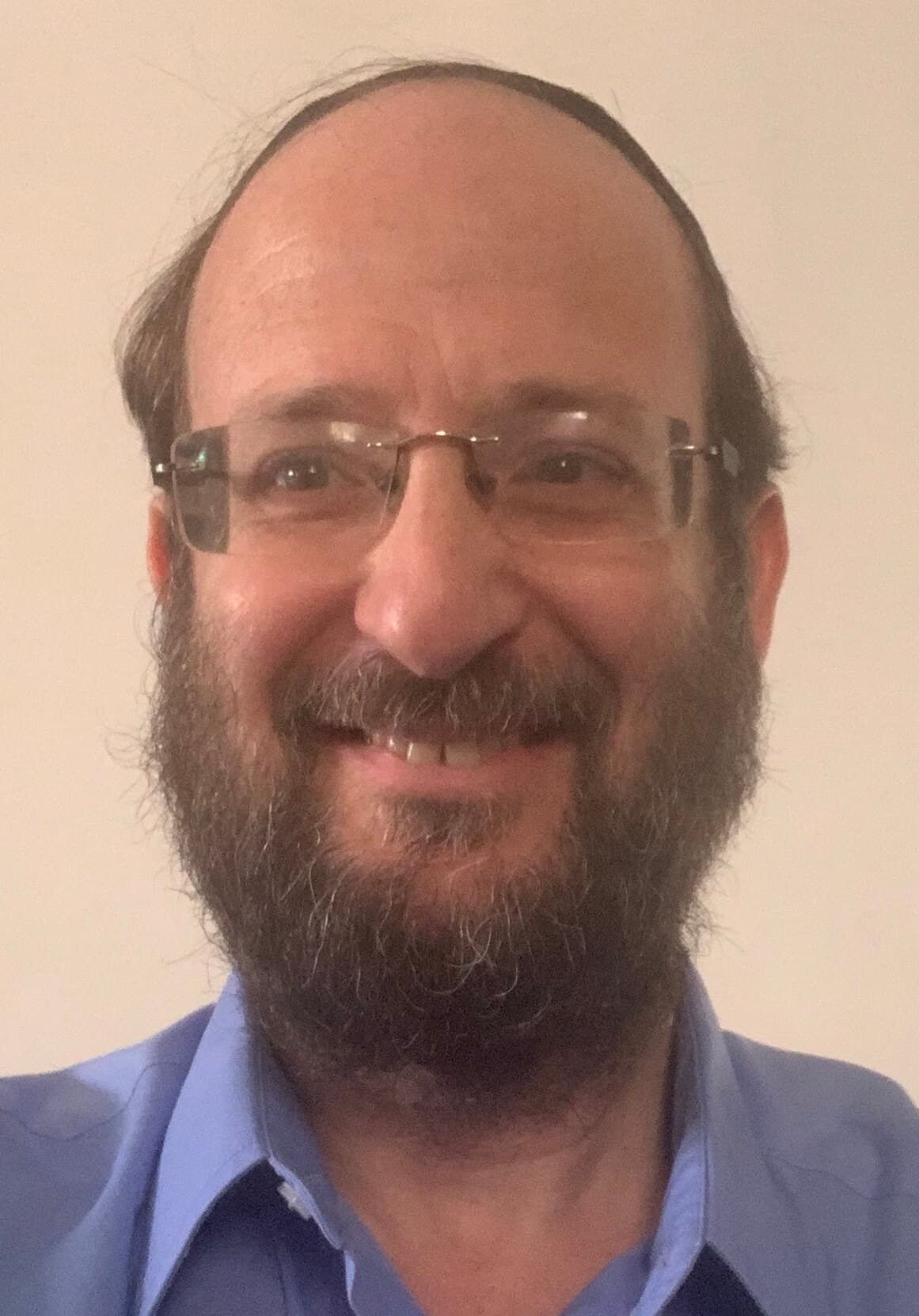Between the genetic editing mechanism of RNA and the evolution of DNA
RNA molecules contain parts that fold and stick to themselves, especially in non-protein coding regions. These folded regions can trigger a harmful immune response. The natural editing mechanism operating in the cells, identifies these areas, edits the genetic sequence and thus forms the folded structures, to prevent harmful activation of the immune system.
Messenger RNA molecules are used in vaccines against the corona virus, as a means reserved for the cell to create part of the virus's envelope protein, thus causing the immune system to recognize and attack the real virus and stop it. But parts of the sequence in these molecules do not carry instructions for building any protein. What, then, is the role of these segments? What is the question? How can personalized drugs based on RNA be introduced into cells?
Prof. Eli Eisenberg from the School of Physics in the Faculty of Exact Sciences at Tel Aviv University, gradually moved to engage in bioinformatics, including analysis of RNA deep sequencing data, RNA editing, gene expression and more. This is in addition to his research in the field of static mechanics in equilibrium.
An RNA molecule is a chain of nucleotides, which are composed of the ribose sugar and four types of nitrogenous bases: adenine (A), cytosine (C), guanine (G) and uracil (U). (In the DNA molecule, the base thymine (T) replaces the uracil). The uracil is the "partner" of the adenine, while the cytosine is the partner of the guanine.
The non-coding segments in the RNA molecule (and also in messenger RNA), are called introns. In addition, there are also non-coding sequences, located before and after the coding segments, called UTR. These are regions that undergo transcription as usual, but are not translated into a protein. Repeated sequences are present in introns and UTRs.
When the immune system encounters double-stranded RNA, it "suspects" that it is foreign genetic material (perhaps of viral origin). Here comes into action a mechanism of RNA editing that takes care of unraveling these unwanted connections by replacing the bases with other bases in the attached regions. (There are certain functions of RNA that require double-stranded structures but these do not stimulate the immune system). Double-stranded RNA may be recognized by the immune system as a foreign body (e.g. a virus) which may trigger an acute and harmful immune response.
There are natural mechanisms capable of editing RNA. In mammals, it is mainly about the exchange of the base C to U using enzymes from the APOBEC family, and the exchange of A to I (inosine) using enzymes from the ADAR family. The second type is the most common in the entire animal world, and it is where the research in Prof. Eisenberg's laboratory is focused. Inosine is a nitrogenous base that is not one of the five components of the genetic system, but the ribosome that "reads" it, "translates" it as guanine (G).
These editing enzymes bind to regions of double-stranded RNA (resulting from the pairing of one part of the RNA sequence with another part of the same molecule). As mentioned, double-stranded RNA may be recognized by the immune system as a foreign body (e.g. a virus) which may trigger an acute and harmful immune response. The editing using ADAR somewhat deforms the double-stranded structure and prevents the unwanted activation of the immune system. Experiments performed on mice showed that animals that lack this mechanism die in the embryonic stage.
Long, stable structures of double-stranded RNA are formed mainly in the non-coding region of the RNA, where repetitive sequences are found. Two copies of such a repetitive sequence found within the same RNA molecule can form a pair and thus create the secondary structure that ADAR edits. In fact, the editing mechanism, when it operates in the regions encoded in the genome, can cause the production of protein versions different from the one encoded in the genome.
The first targets of these enzymes were discovered in 1991, and they were located in the coding region. However, it turns out that there are many more targets of genetic editing in the non-coding regions of the RNA. Modern computational methods have shown that the genomes of many creatures have tens or hundreds of thousands of such targets, in non-coding regions, whose editing is required to prevent an immune response against the animal's own RNA molecules.

Prof. Eisenberg says the main hypothesis of his research - which won a research grant from the National Science Foundation - is that the gene editing system was first created to prevent the immune response. Since the system exists and the enzymes were created, naturally over time they also found other uses such as editing coded websites.
Another hypothesis is that since the transcripts that can create double-stranded RNA are dangerous to the cell if editing does not work properly, they will disappear from the genome during evolution.
The editing mechanism has functional and evolutionary importance. However, systematic mapping of editing across the animal kingdom has revealed that most A to I substitution sites are located within mobile elements in the non-coding parts of the genome. Apparently, editing of these sites plays an important role in protecting against activation of innate immunity by self-transcripts. Both repetitive and non-coding sequences have implications for genome development, and without control, or editing, can lead to disease.
Today, a genetic editing method called CRISPR is known, but it works on entire segments. On the other hand, if it is possible to adapt and apply the new editing tools, it may be possible to create a new generation of genetic editing tools, which can precisely change a single nucleotide. A deeper understanding of these editing processes may promote, in the future, the development of a gene healing technique.

Life itself:
Prof. Eli Eisenberg is married plus 5, lives in Bnei Brak and when he is not engaged in science he studies Torah.
